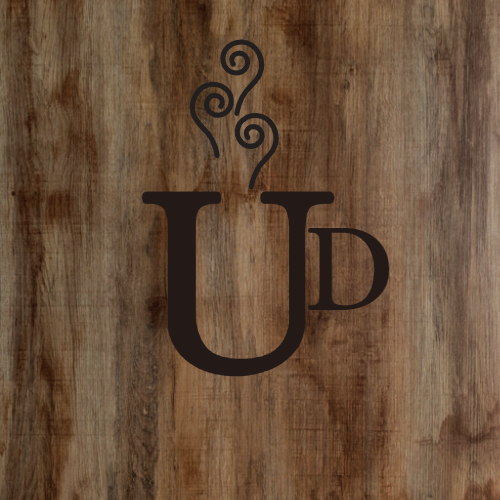This might be the most useful technique I’ve ever discovered when it comes to editing and revision. I did it for the first time while I was working on Dronefall Two, Lightwaste. I’m at the dreaded revision stage for my current WIP, Rainchill, Dronefall Three, but I’m not dreading it like I used to, because… Continue reading The Power of Reverse-Outlining for Revisions
Month: February 2019
Songs from the Small Hours is LIVE!
I remember the Hale-Bopp comet. I don’t really know why. I wasn’t even three yet in Spring of ‘97. But I remember Mom picking me up and pointing it out through the bathroom window facing west. It was surreal, even to my very young mind—like a shooting star that had been stopped. We haven’t had… Continue reading Songs from the Small Hours is LIVE!
